Computational Fluid Dynamics (CFD) Blog Posts
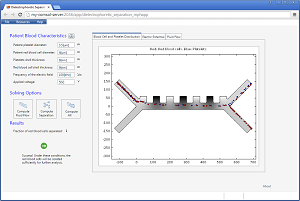
Dielectrophoretic Separation
Dielectrophoresis is a phenomenon in which an electric field is used to control the movement of electrically neutral particles. Learn about how to model this effect in both DC and AC fields.
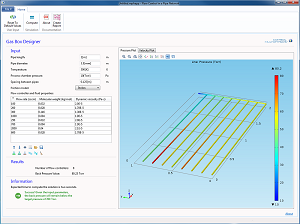
Creating an App for Modeling Flow Control in a Pipe Network
Simulation apps can be used as dedicated tools for modeling the flow and pressure distribution inside a network of connected pipes. This would be useful in, for example, semiconductor processing.
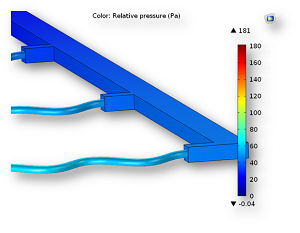
How to Easily Connect 1D Pipes to 3D Flow Domains
You can easily connect 1D pipes to 3D flow domains for your pipe flow simulations using a feature in the Pipe Flow Module available as of COMSOL Multiphysics® version 5.0.
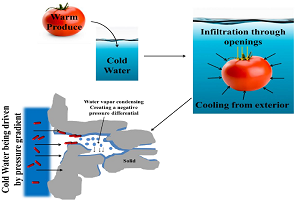
Hydrocooling Analysis for Fresh Produce Safety
During the hydrocooling process for tomatoes, bacteria can seep through and contaminate the food, making it unsafe to ingest. Researchers from Cornell University used simulation to investigate.
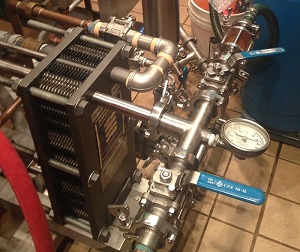
Improving the Beer Brewing Process with Simulation
Which side of home beer brewing are you more interested in: The culinary side, like the recipes and ingredients, or the engineering one, like the conjugate heat transfer and chemical reactions?
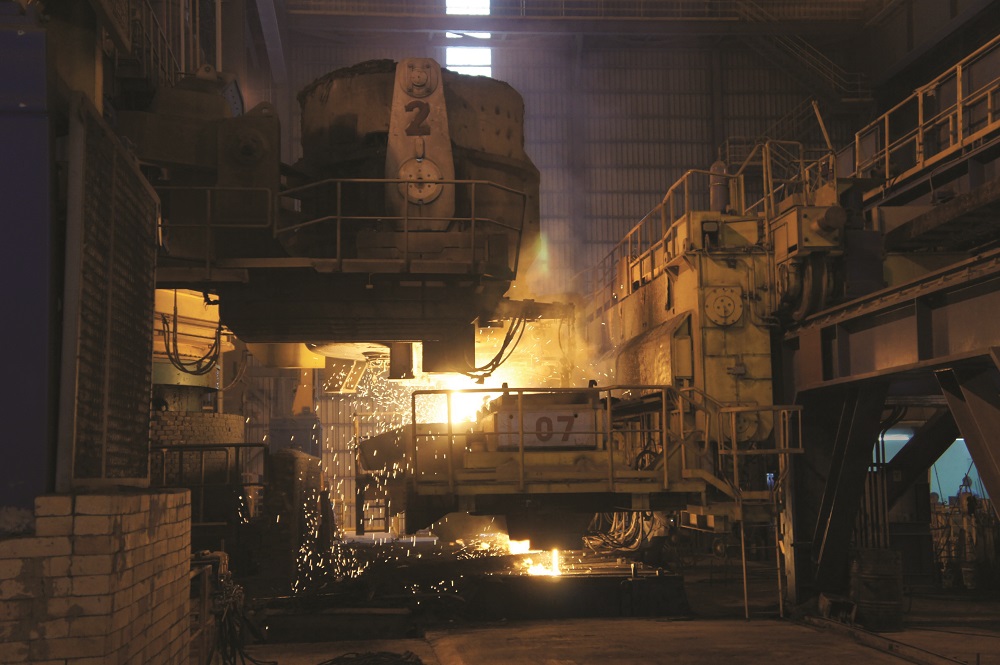
Optimizing the Continuous Casting Process with Simulation
To optimize the steelmaking process of continuous casting, researchers at SMS Concast turned to simulation. One result? A steelmaking plant in Taiwan reduced yearly CO2 emissions by ~40,000 tons.
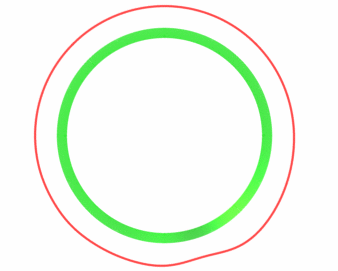
Understanding Traffic Congestion via Equation-Based Modeling
Boring, frustrating, extremely inconvenient: We’ve all experienced a traffic jam when trying to get from Point A to Point B. Researchers used equation-based modeling to study traffic congestion.
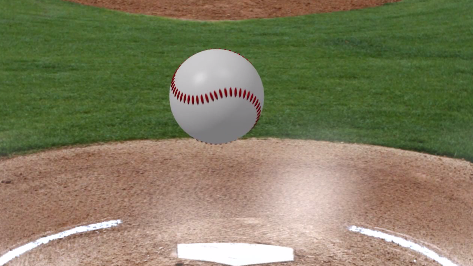
The Physics Behind Baseball Pitches
3 forces affect a baseball pitch after leaving a pitcher’s hand: gravity, drag, and the Magnus force. Gravity pulls the ball down, drag slows the ball, and the Magnus force depends on the pitch.
